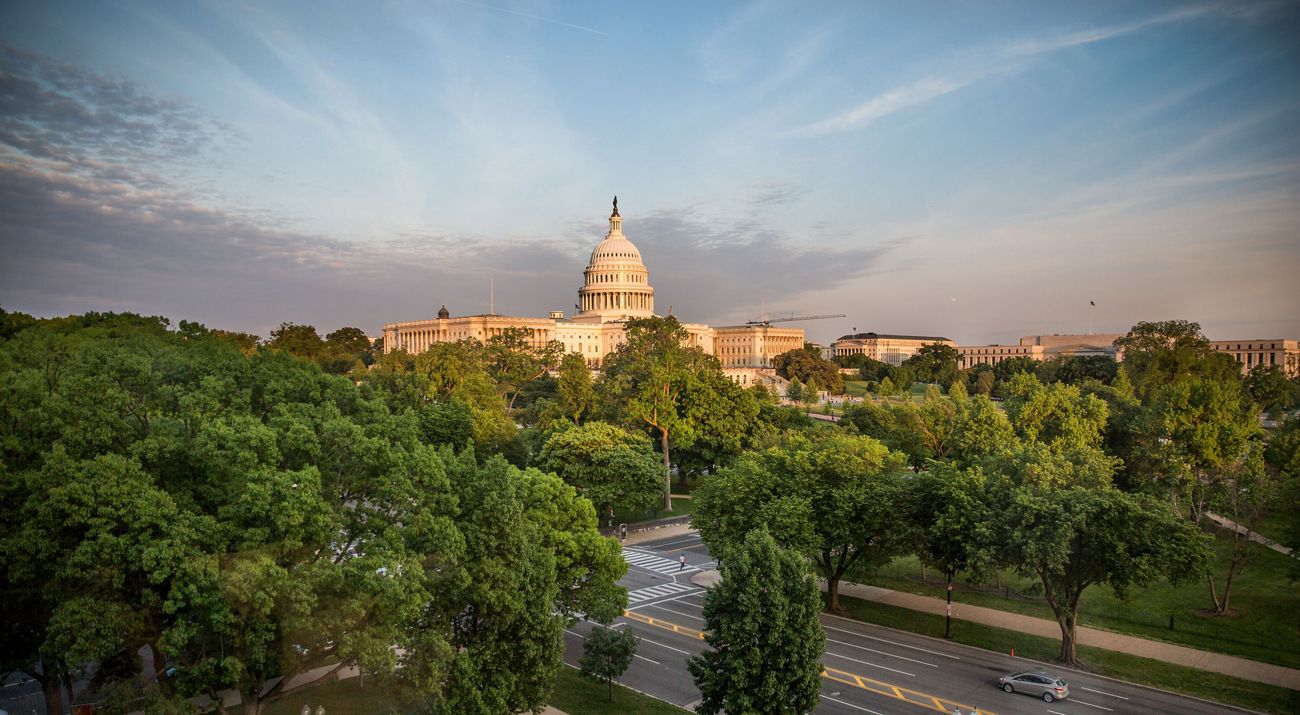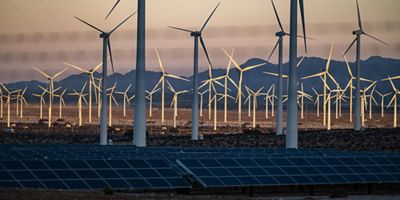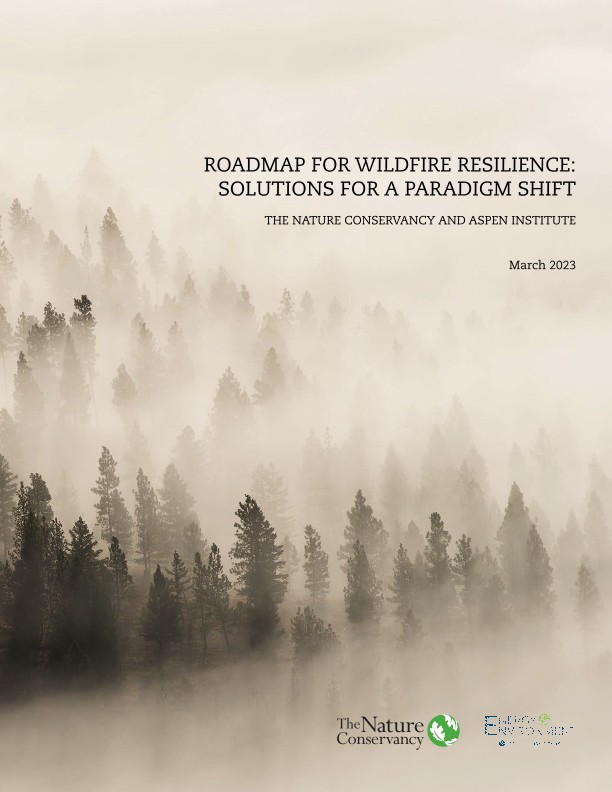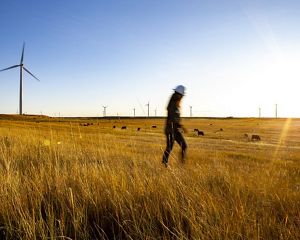Policy makes conservation and climate action possible.
That is why we have experts on staff who help influence how government policies in the United States are written and brought to life. They focus on policies that are equitable, nonpartisan, ambitious and grounded in science.
And it is why we encourage you to speak up for nature by letting your leaders in Congress, the Executive Office, state capitols and government agencies know what you think can be done differently to address climate change and protect the diversity of life on earth.
Voices—ours and yours—are needed for meaningful policies all along the way. Speak up when new legislation is proposed, celebrate it when it is passed and defend it so that funding is not stripped away at a later date. We must also help shape how the fine print for new programs included in legislation is written and decisions are made on how to allocate new funding. That is TNC’s proven approach to policy—help create legislation, help implement it and help defend it.
Government leaders cannot address all the threats to nature. Private sector companies, Indigenous peoples and local communities, scientists, investors and others also play a critical role. But government action is one of the strongest levers we have for quickly creating durable, large scale solutions to protect the natural areas worldwide that are are the foundation for our economy, security and way of life.
We have years, not decades, to solve the interconnected crises of climate change and species loss. Take action now on our top policy priorities.

The Farm Bill
The Farm Bill is the largest source of federal funding for conserving, restoring and managing private land in the U.S. It is currently up for renewal in Congress, something that only happens once every five years.

Decade to Deliver
The Inflation Reduction Act and Infrastructure Investment and Jobs Act are the largest investments ever in climate and conservation action. Now, we need to keep the momentum going by creating, implementing and defending policies that protect nature.
2025 Policy Priorities
We use decades of hands-on experience and knowledge to partner with local, state, federal and tribal governments on science-based policy solutions that benefit both people and nature.
-

Climate Mitigation Program
Learn how TNC is accelerating clean energy and implementing natural climate solutions in North America to avoid the worst impacts of climate change.
-

Maintaining Clean Energy
Clean energy is vital to supporting U.S. jobs, communities and nature. We must preserve clean energy tax credits to support people and our environment.
-

Wildfire Resilience
Severe wildfires have become the norm. TNC's Wildfire Resilience Roadmap outlines our recommendations for restoring landscapes and reducing wildfire impact.
Tell Congress: Protect Conservation Funding
Clean air and water, public lands, healthy forests and so much more are all on the line. We must urge Congress to preserve funding for conservation and climate solutions that help people and nature thrive.
Recent Environmental Policy Wins
For decades, TNC has helped shape legislation. Historic policy wins from the past several years now show how far we’ve come in making conservation and climate action central policy issues in the U.S.
TAKE ACTION
Speak Up For Nature
You have the power to influence and advance meaningful policy. Reaching out to your elected officials in Congress and state capitols and urging them to support climate action can go a long way, and luckily, we make it easier than ever to contact your leaders.

Download
Our roadmap combines bold policy action with forward-thinking approaches to change how we manage and prepare for extreme wildfires.
DOWNLOADStay Informed on Conservation Policy
Sign up to receive monthly news and policy updates from The Nature Conservancy.









